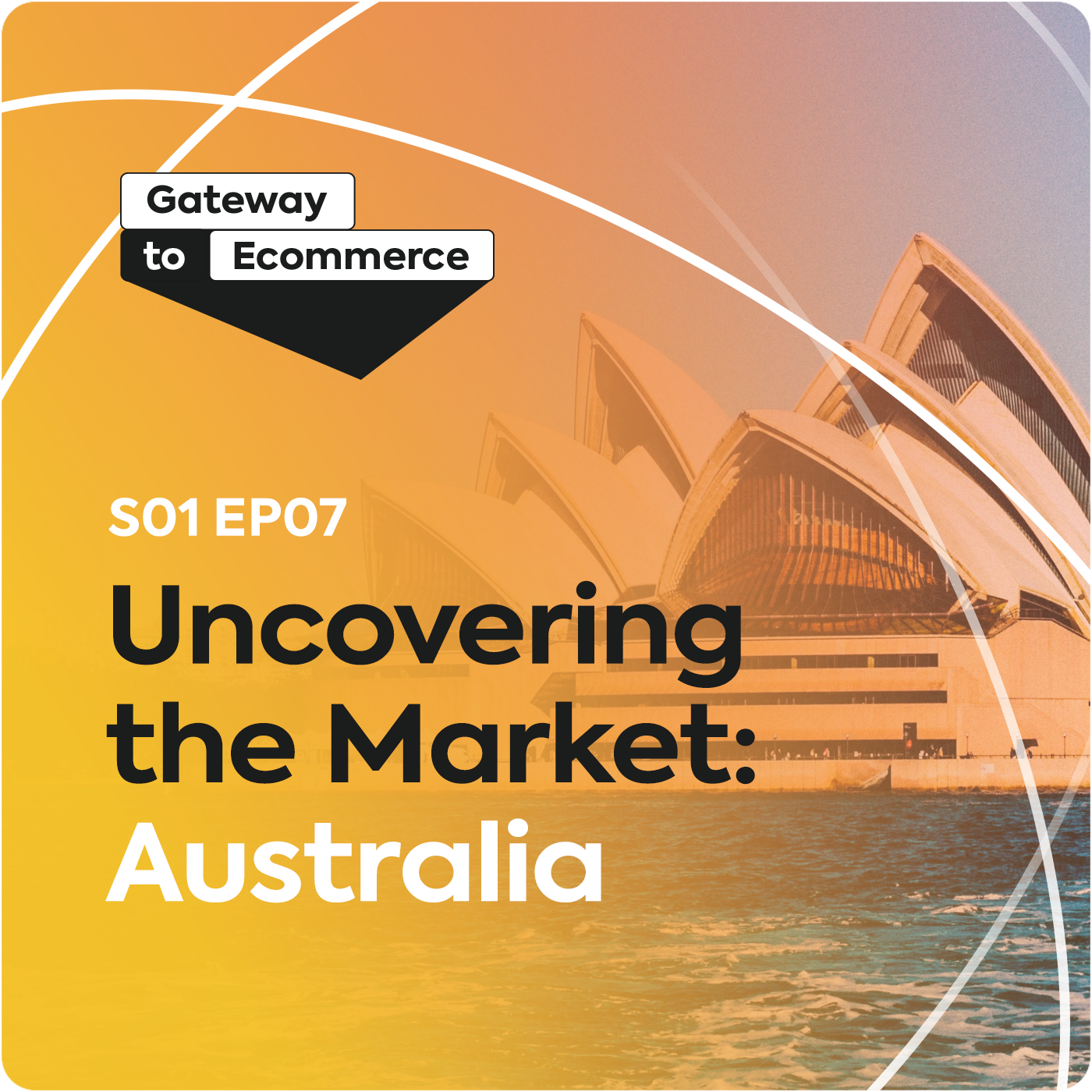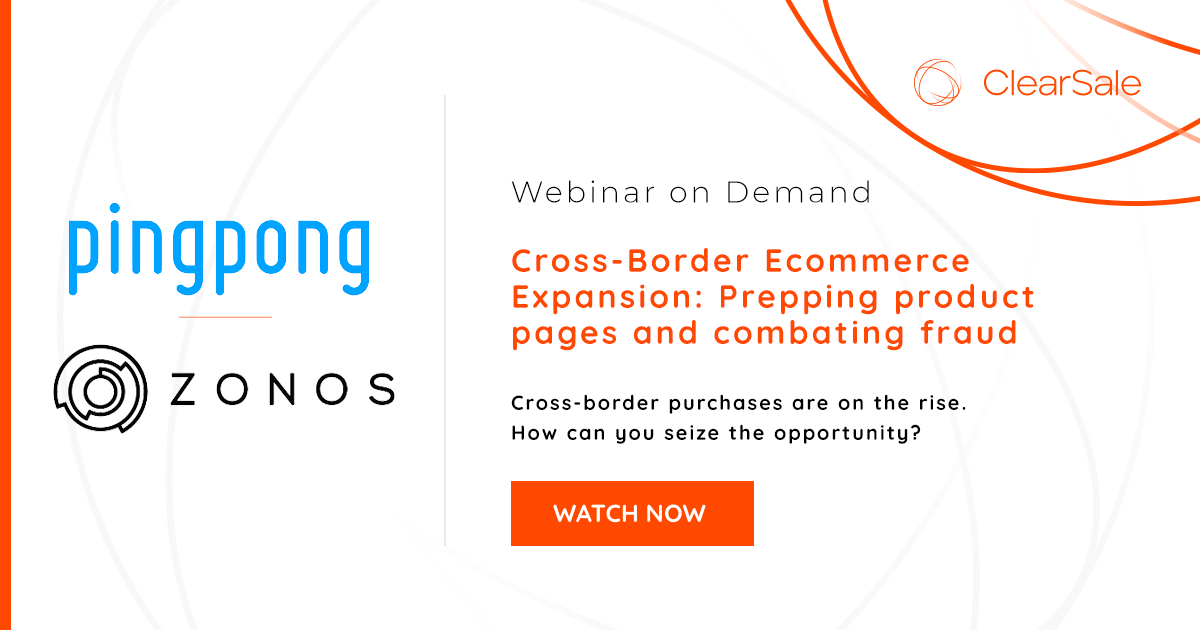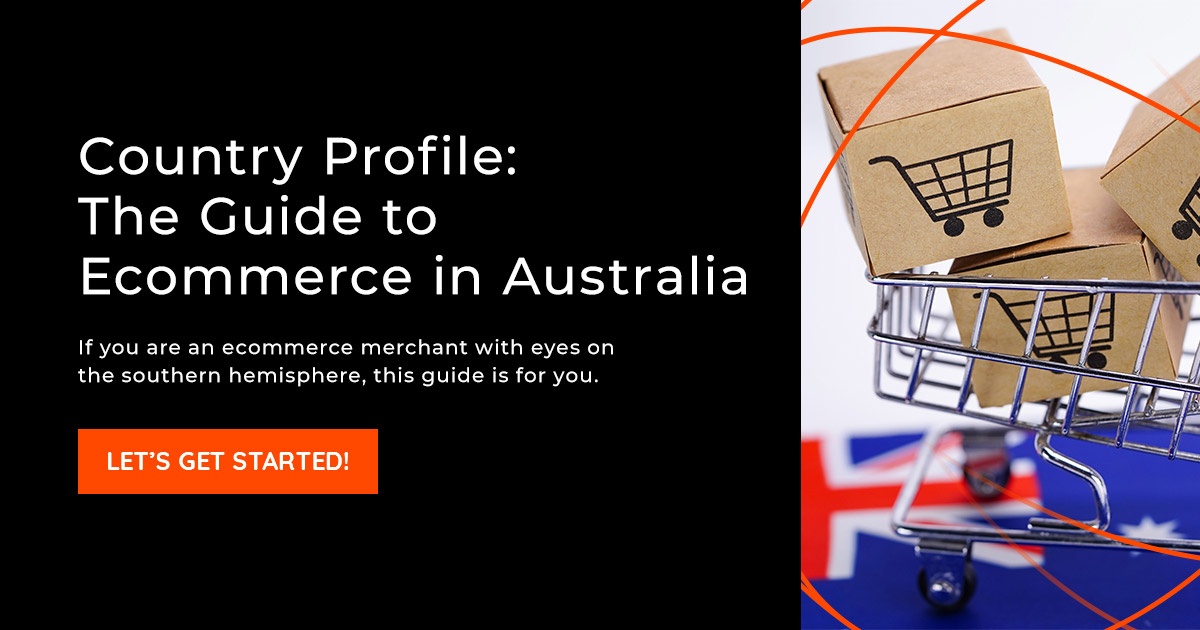episode 07:
Uncovering the Market: Australia
Ecommerce merchants who are looking to expand internationally would be smart to set their sights on Australia. As the 11th-largest ecommerce market in the world, there’s a lot of opportunity for online retailers here. More than 70% of households in the country are shopping online — and they’re spending a lot. But to be successful, you need to know how ecommerce in Australia compares with other countries.
In this episode of Gateway to Ecommerce, David Fletcher, ClearSale’s Senior Vice President, and Denise Purtzer, ClearSale’s Vice President of Partnerships and Alliances, share their experiences with the Australian ecommerce market and discuss what to consider when expanding into a new region.
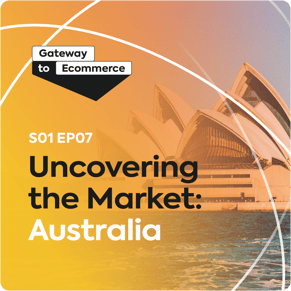
Podcast Episode Recap
In our seventh episode, we explore ecommerce in Australia. But first, let’s introduce you to our hosts:
GO TO SHOW NOTES
Who are your hosts?
-

David Fletcher
is ClearSale’s Senior Vice President. David’s expertise in both sales and marketing—and why the two can’t be separated—brings guru-level wisdom and insight when it comes to why people buy … and how you can channel that knowledge to grow your business.
-
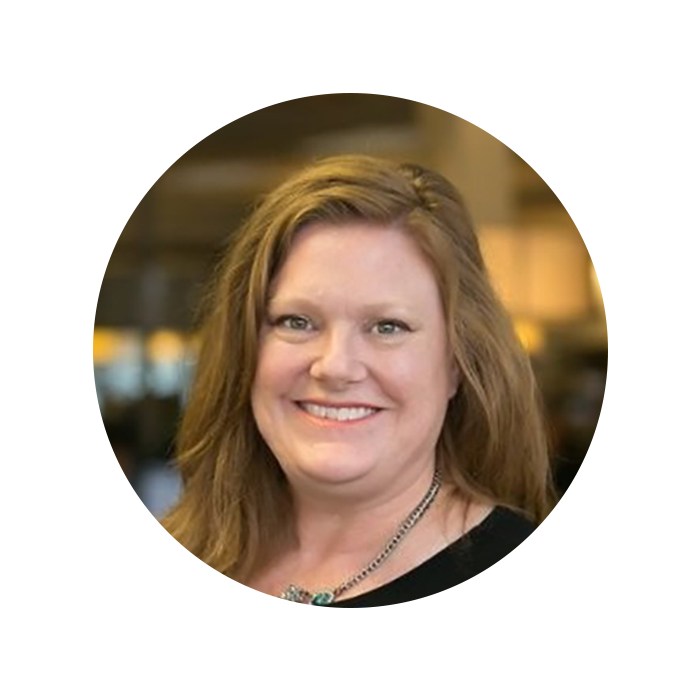
Denise Purtzer
is ClearSale’s (former) Vice President of Partnerships and Alliances and lives for connecting the right people to make things happen. Denise has 20 years of experience in ecommerce and knows the ecommerce landscape from every angle, for every size business, in every market.
What Must Merchants Keep in Mind as They Consider Expanding into Australia?
It makes sense that ecommerce merchants are eager to start selling in Australia. As a cosmopolitan, English-speaking country (and one that’s heavily influenced by the United States and the United Kingdom), Australia needs to be on your radar. But as you consider expanding, you’ll want to keep these factors in mind:
• The country’s spike in ecommerce sales mean there’s a corresponding increased risk of fraud.
• Australian merchants are losing approximately 1.3% of ecommerce revenue to fraud.
• An estimated 41% of ecommerce purchases are made on mobile devices.
Preventing Fraud and Growing Revenue
Australia currently experiences fraud rates that are about 2.5 times more than those in the United States. And with high-risk electronics being one of the top categories for ecommerce purchases, ecommerce merchants are right to be cautious.
The AusPayNet system has been put into place to try to cut down on fraud, and while it may help, it certainly isn’t foolproof.
Ecommerce merchants need to understand that without a fraud prevention solution in place, they might think they have fraud under control — until they don’t. Even worse, some merchants may end up taking fraud prevention to the extreme, resulting in declining too many good orders.
Stay tuned for upcoming podcast updates and new episodes.
episode Transcript
Podcast Introduction
You’re listening to Gateway to Ecommerce, a podcast by ClearSale. In this series, global ecommerce leaders discuss challenges, best practices, new tech, and secrets to success. And now your hosts, David and Denise.
David Fletcher
Hi. Welcome to today’s episode of the Gateway to Ecommerce podcast. Today, Denise Purtzer, the VP of partnerships, and myself, David Fletcher, we’re going to talk about Australia. We want to share some information, share some experience. We, as a company, have been doing business with merchants in Australia for the last, oh, I guess three-and-a-half, four years now. And we’ve learned a lot. And any time you go into a new region, you’re going to learn a lot about the region. You’re going to learn about the business, the style of business, the style of communication. And so one of the things that Denise and I want to do today is we’re going to go ahead and share some of the experiences that we’ve had.
We’re going to talk about some of the buying behaviors and what the ecommerce business looks like in Australia. We’re going to share with you some of the differences and also share with you some of the things that aren’t as different as you would think. So as we get into this, as always, Denise and I will be sharing this information, and you will be able to take a look at the description of the podcast and you’ll find a link to a country profile that we’ve built. It’s “The Guide to Ecommerce in Australia.” So as a merchant, please take advantage of that, because again, learn from some of the things that we’ve done over the last four years or so. So Denise Purtzer, welcome to the podcast. And what do you say we get this party started?
Denise Purtzer
David, I’m excited to go to Australia with you today.
David Fletcher
So true.
Denise Purtzer
At least in spirit.
David Fletcher
That’s right, exactly. Hey, it won’t be long. Of course, we’ve tried to go there this year a few times already.
Denise Purtzer
Yes. We’ve started that trip a few times and then got stopped like many other people’s travels. It’s been delayed, but hopefully in March we will be there for the retail global summit coming up in 2021.
David Fletcher
Yes, cannot wait. That’ll be exciting.
Denise Purtzer
It will.
David Fletcher
ISo hopefully the ban will be lifted and we can do some travel.
Denise Purtzer
Absolutely.
David Fletcher
So Denise, let’s get started and talk a little bit about the ecommerce scene. It’s different than some of the things that we see here in the U.S., and I think it’s important that we share some of the details for merchants that are thinking about going into the Australia market.
Denise Purtzer
Absolutely. As a merchant, you start looking at the largest ecommerce markets and obviously China, U.S., U.K. come up in people’s minds. But if you go just a little bit deeper on that list, in fact to the 11th spot, you’ll find Australia. And Australia is pretty amazing, in the fact that being there in the 11th spot, they have about $23 billion in revenue that they’re going to sell through ecommerce in 2020. So I’m sure you’d all like to hear a little bit more about how you can get a little piece of that.
David Fletcher
Oh, no doubt. And you nailed it when you talked about the fact that Australia has been growing and continues to grow, and of course COVID will influence that as well. But even without COVID, it was still growing and growing at a very nice pace. And for merchants, there’s a lot of opportunity there, whether they’re thinking about selling their directly to those customers or getting involved by opening up a new website to sell, or maybe they exist there and they want to sell, whatever it might be, there’s a lot of opportunity there, especially when you start thinking about the people of Australia. Australia is certainly online. They are online just as much as we are in the U.S.
Denise Purtzer
Yeah. That’s incredible to think about, that they’re as well-connected as some of the larger countries out there.
David Fletcher
Yeah, exactly. And they love shopping online, which we also do here in the U.S. A matter of fact, I think that was like 73% of the Australian households shop online at least once a year.
Denise Purtzer
Yeah. And another thing I learned is one out of 10 products that are sold in Australia are actually purchased online. So you’ve got a captive audience that’s spending, and they’re spending a lot. The average Aussie will spend about $1,200 per year online, and they’ll purchase at almost three different times. So some are more frequent obviously, but you’ve got a larger audience overall that’s making purchases and not thinking that it’s that big of a deal to enter into the ecommerce market, because they’ve been there as purchasers for quite some time.
David Fletcher
Yep. That is very true. And it’s funny that you mentioned Aussies and the fact that they, as a society, they do have a language that we would call English. However, their English does have a few idiosyncrasies in there, and it is slightly different than some of the things that we use in terms of their grammar and some of the words, and it’s funny. And I spent a lot of time talking to people in Australia because you were interviewing there. We have an office that we are trying to staff there. And I’ve learned a lot of these words. I’d like to tell you it was strategic, but it certainly wasn’t. And for example, chockers, chockers means very full. I had no idea what that meant until someone told me their calendar was very full but they used the word chocker.
And I think I said, “Huh?” three times in that conversation to better understand that, but it really is different. And we all know “barbie” being the barbecue, right? It’s another great example, one that I learned talking about doing the interviews in the arvo — arvo was the afternoon. So it’s really interesting some of the things that they do, but in talking about that, let’s talk about their approach, because it’s similar to us and it’s interesting how it really translates directly into ecommerce.
Denise Purtzer
Absolutely. I think it’s interesting when you look at the influences in Australia, because obviously it’s got a proximity to the APAC region, but has been obviously influenced politically over the years from U.K. and other European influences. So because of that, Australians are much more cosmopolitan than I would say we are here in the U.S. and they’re used to buying from different sources, and buying from different merchants doesn’t bother them at all because of that. Although, I think that they can look at different approaches and adopt them as their own and kind of create them into their own, just like they do.
Denise Purtzer
And then some of the words and those sorts of things. So when you start taking a look at the different opportunities for marketing around the holidays, again, that’s got a very global influenced approach from APAC, Europe, especially the U.K. One of the things that’s unique to Australia is Click Frenzy, which takes place the third Tuesday in November. So it’s the Tuesday prior to our Cyber Monday, generally, I think, if I’m looking at the calendar right, but then they’ve got Singles’ Day, which is something that’s definitely more APAC-influenced. That’s something that started out in China a few years ago and has obviously taken off. And that’s a big opportunity for sales in Australia as well.
David Fletcher
Yeah, it definitely is. And it interesting: Not only have these holidays become their holidays, that they’re having these various shopping events and so forth, but it’s growing. And we’ve been tracking that and we’re paying attention to that. And we get real-time data because we’re watching the merchants that we’re working with and the merchants that we are supporting and helping prevent fraud. We’re seeing it — we’re seeing the increase in their sales, and I think it’s important to share that. And again, it’s another reason why, if you’re not doing business in Australia, it needs to be on your radar — it needs to be part of your strategic plan — because there’s definitely opportunity there.
Denise Purtzer
That’s absolutely right. So you’ve got these spikes in sales. Does that mean there’s going to be more fraud coming along with that? And I think that’s something that naturally goes with the good comes the bad sometimes, and having new countries, new sales opportunities, you don’t always know as a merchant, if that’s a valid sale and what you should do with it. I think that when you look at Australian fraud as a whole, it’s about two-and-a-half times higher than U.S. fraud, is what we’re finding. And that’s backed by findings from the Merchant Risk Council as well, which we work with very closely. Because of that, I think there are some other things that merchants should consider. What do you think?
David Fletcher
Yeah, absolutely. Because when they’re talking about losing roughly 1.3% of their ecommerce revenue to global fraud, comparing that to the American merchants that are typically around 0.5%, half a percent, there’s definitely some issues there and they have been targets. And we know that from our experience with some of the merchants that we work with, and I wonder, and this is something that we’ve talked about internally, due to the fact that Australians were first shopping with their phones, they do a lot of the transactions on mobile devices. We’ve had this conversation with the analytics team: 41% of them will make the purchase over the cell phone versus a computer or a laptop. And so when you’re looking at those numbers, they’re pretty high. And that changes the fraud prevention landscape.
Denise Purtzer
It changes the dynamics for sure.
David Fletcher
Correct? Correct. And part of that is their culture, and that’s their style. And those are things that merchants need to be aware of and really pay attention to, because fraud is growing and look, any time business is growing, fraud is going to be growing, too. And when you’re having more success, especially as a merchant that is having success in terms of growing the business and it’s growing exponentially in a short period of time, fraudsters know that, that’s a good target. There’s going to be some weaknesses in that business flow. And they know that there’s a good chance they can get through, they can sneak through, they can test cards they can even just go in there and make large purchases to kind of pass that on to the black market or wherever. And that’s something that every merchant needs to be aware of right now.
Denise Purtzer
That’s so true. And I think you couple that with the types of products that are being bought online, whether it’s ... I mean, I think this is a global thing. Electronics are one of the Aussie’s top categories. For purchases, we see that globally as well. And then of course, electronics have a higher price point. So that’s again, another thing that fraudsters glom onto and try to take advantage of — that higher. Some other categories that Aussies are also keen to buying online would be cosmetics and apparel. And again, those are things that fraudsters like to jump onto.
David Fletcher
Yeah, they do. They definitely do, because it’s easier for them. And look, the fraudsters are running a business, just like the merchants trying to run a business. It’s just not legal, but one of the things that we cannot ignore when talking about Australia is the AusPayNet card-not-present fraud mitigation framework. And this is something that I guess would be through the government — they put this together and put this framework in place. And this just happened last year — it was last summer, as a matter of fact, I believe it came out. What do you think about that? Do you have any thoughts or feedback? And then I’ll share some of what I’ve seen as well, but have you seen that impact or help on our merchants or other merchants?
Denise Purtzer
Yeah, so I think when we compare it to like PSD2, or the payment services directive, that’s going on in Europe right now, it’s still so early, right? And there are still so many things being worked out, and rarely does an organization, especially a self-regulatory organization, get things right directly from the get-go. It’s something that has to morph over time and change. So in talking to merchants, as we do and with partners on a regular basis over in Australia, I think that the initial reaction is that it’s nice that this information is being communicated, that the Australian payments network is working to try to cut down on that fraud, because it is double what we’re seeing in some other areas, but it is very new still. Early on, what I’ve heard from merchants and things is that the communication is pretty decent and there is an ability to have a voice somewhat. So those are all things that add up to success in the end, if we’re all working together to try to fight that.
David Fletcher
Yeah, very true. And I think it’s important … we should probably, for those who are not familiar with the fraud mitigation framework, is just share a little bit of the details of that. And really what it comes down to is this framework sets the minimum requirements for card issuers or merchants to authenticate a card-not-present transaction online. And that’s really the bulk of it. But when you think about the framework itself, it’s really trying to put something in place to help the merchants in Australia — to help them better understand and be prepared to prevent fraud. Because we all know fraud is a serious issue that will continue to grow. As we, as a society, we continue to buy more online and spend more time selling online as we watch some of the large brick and mortars start to work their way into a pure play ecommerce.
And we just had a conversation this morning about some of the ones that are doing that — Dress Barn in the U.S. just did that recently. Now it looks like Pier One is going to go down that path as well. And there’s going to be a lot more going down that path. We know that, and we’ve heard some of these brick and mortars talking about that. So the fact that the Australian government has stepped in and said, hey, look, we want to provide you with some of these details and help you by putting these, what we would call “best practices,” in place. I think that’s a great start, but it’s not the solution. It’s not the full solution. And for us as a fraud prevention company, it helps us educate the merchants more, because now they’ve learned something about fraud and they’ve learned a little bit more about preventing fraud and why we talk about the data points that we talk about. But really, it’s a great starting point, and I love the fact that Australia has done this, but it’s not enough.
And there is a false sense of security for some of the merchants that we’ve had conversations with, and they say, “Well, how are you going to be different?” That was a conversation that one of our reps, Brian, literally just had last week where the merchant came back and said, “Right now, with the framework that I’m using and I’m aware of, I think that I will have this under control.” And during the two weeks that we went back and forth with them, they had a couple of major fraud attacks and they quickly realized that, okay, yes we have our framework in place, and we’re trying to prevent fraud, but it’s not enough.” You’re still going to have mistakes, or you’re going to end up declining too many orders that are good orders. And now you’re going to have false decline issues. And that’s a whole other conversation. As a matter of fact, we have some other podcasts talking about false declines.
Denise Purtzer
We can talk about that very topic.
David Fletcher
Exactly, exactly.
Denise Purtzer
It’s a difficult topic, for sure.
David Fletcher
It is. But this is not the end all be all. It’s a great starting point, but it doesn’t change the fact that as a merchant, it’ll help you understand what best practices look like, but it’s not going to save you from fraudulent activity and the fraud attacks that we see on a regular basis.
Denise Purtzer
That’s so true. It’s merely one tool in the toolbox. And I think that it was said really eloquently when I was at Merchant Risk Council last fall — it’s an organization we take part in, and it brings essentially the worlds of payments and fraud together and then allows merchants to have an opportunity to ask questions and talk to other vendors and things like that to try to solve problems around the payments and fraud ecosystem, as it relates to card-not-present transactions. So in that there was a discussion about how, whether you’re talking about PSD2, or whether you’re talking about the framework specific to Australia that we’ve been mentioning, it’s important to note for merchants that it’s merely one tool in the toolbox.
Denise Purtzer
If you took it to a card-present environment or a point-of-sale terminal, it’d be like that chip in the card that says, “Yep. That signature happened.” But that doesn’t alleviate the merchant from other parts of fraud that can sneak in and will sneak in because fraudsters are always trying to stay ahead of the game. So while it gives you that signature, and it might allow you to not have to be liable for that sale because of that signature, there are other potential fraud factors coming in, and those are things that could hurt you in the long run. So it’s really a multitool approach that you have to take as a merchant to make sure that you’re covering everything.
David Fletcher
So true. So true. And I think you said that well, and I have to admit when you said you heard it elegantly, I thought you were going to refer to me, but that’s okay.
Denise Purtzer
Not this time. You weren’t at that conference, so you can’t.
David Fletcher
Nope, I cannot.
Denise Purtzer
So yeah. You thinking about that aspect as well, I think it’s also important to think about the fact that it’s not that hard to get into the Australian opportunity and environment. Language isn’t a barrier, and two-thirds of the Aussies speak English as their first language. Thinking about marketing, we’ve got the lining up of different opportunities that are very similar and familiar to what you might be doing in the U.S. or elsewhere. And then you’ve got a captive audience that’s buying and used to buying online. Those are all amazing things that line up to be a great target in Australia. Wouldn’t you agree?
David Fletcher
Yeah, no, absolutely. And one of the things we didn’t touch on were the categories. We didn’t really talk much about the categories, and I think that’s important. We can share that. And again, you can find a lot of this information, a lot of these data points that we’re sharing, by looking at the country profile guide that we have posted on our website for Australia — you can find the link to that in the description for this podcast. But one of the top items is clothing, the apparel, and we see that’s pretty similar in most areas.
What I find interesting is the second category — that’s kind of clumped together as books, movies, music, and games — which is entertainment, right? And that’s a big one. And what I find interesting about that is it covers the gamut. There are certainly people that are more interested in the books. More people as well as people that are interested in going to the movies and so forth. And then of course at 30% consumer electronics and then shoes. So there’s the top four or five in terms of what products Australians said they purchased online in the past year.
Denise Purtzer
I will tell you, I have come across many, a Shopify and BigCommerce site from Australia that sells swimsuits. So Aussies have the beach, they’ve got the great swimsuits, too.
David Fletcher
That is very true. That is very true. That’s a good point. Another reason why we need to go spend some time in Australia.
Denise Purtzer
Exactly. Exactly.
David Fletcher
So those are great points, Denise. And like I said, I couldn’t agree more. And I think as we start to wrap this up today. Australia offers so many opportunities for ecommerce merchants that are looking to expand globally, that you can’t look past Australia. There’s so much opportunity there. And if you’re coming from selling in the U.S. or Canada or even the U.K., there’s a lot of similarities. And just as much as you will certainly have to learn a little bit about that market, the opportunity is there for sure. And I think that, that’s something to consider. Another thing that is important to know as we’re wrapping this up is again, the fraud mitigation framework, although it was developed to reduce fraud risk.
It’s not the final answer. It’s not the solution for merchants selling in Australia, right? It’s not that silver bullet. I wish there was a silver bullet, because I would do my best to sell it to everyone that will listen to me. But again, if you’d like to know more about preventing ecommerce fraud, you can visit our website. Denise, I really appreciate the conversation, as always. It’s good to know that you and I can have the conversations like we always have and be able to share the conversation with others — be able to share it with our audience.
Denise Purtzer
I agree. I agree.
David Fletcher
So, we’ve got a ton of resources dedicated to not only Australia, but to fraud prevention that will help you in your ecommerce journey. Go to our website. You can visit us at www.clear.sale. And if you have any questions or you’d like to suggest the topic that you would like for us to cover, please by all means, send us an email. You can reach us through podcast@clear.sale. So, thank you for listening to the Gateway to Ecommerce podcast. You can subscribe to our podcast on Apple podcasts, Spotify, or Google Play. And please leave us a review. We’d love to hear your feedback. So you can join us again next time for episode eight, where Denise and Sarah, our director of marketing, will continue to discuss ecommerce fraud and present the key findings of a consumer survey recently conducted by Sapio Research, commissioned by ClearSale, regarding the U.S. market behavior related to a fraud protection and customer experience, cart abandonment, and so forth. Good on you mate, until next time. Thanks for listening.
Podcast Outro
For more ecommerce insights, visit us on our website at clear.sale.






